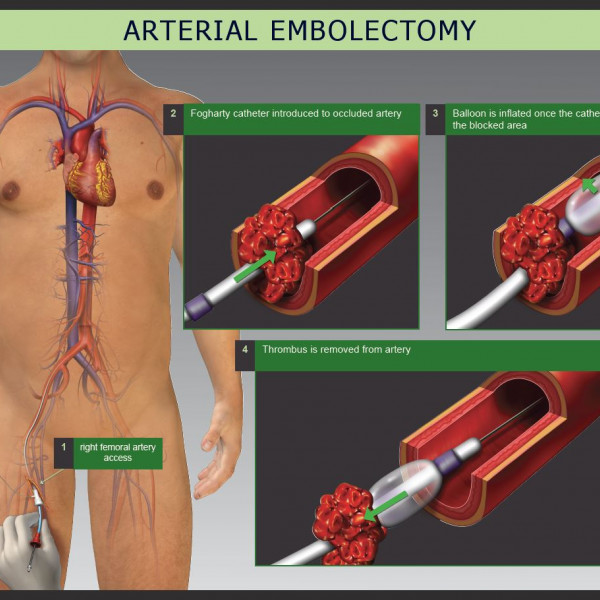
Embolectomy is a practice performed by cardiothoracic surgeons. It involves the removal of embolus which is the unattached mass of the body that helps in stopping blood clots. Another method is thrombectomy also referred to as thrombus, which includes the removal of blood clots from the body. It is performed generally by cardiothoracic surgeons ( cardiac surgeons ) to surgically remove the clump of blood by various methods.
The procedure is followed by cutting the above area where the blood clumps and open the blood vessel by inserting the catheter inside the patient’s body, the catheter is the balloon structure that ends with the tubed wire. When the catheter is inserted inside the patient’s body the foley bulb makes it easier to remove it. The name foley comes after a great pioneer ” Fredrick Foley.”
The purpose of embolectomy is the removed the blood clot. It involves a high risk because if it’s not treated properly it further causes a stoppage in the development of the blood vessels or another blood clot. Thus, it has a last long chance of pain and swelling. The treatment depends upon the condition of the person and might take weeks, months, or sometimes a year.
Difference between Embolectomy and Thrombectom:
There’s a minor difference between embolectomy and thrombectomy as both are the practice used for the removal of a blood clot, the distinction comes where embolectomy is for removing the embolus while thrombectomy is for removing the thrombus.
Symptoms of Embolectomy
- In the first place immediately contact a doctor if the patients have any of the below symptoms of it,
- Chest tightness, Chest pain, Bleeding, Inability to urinate properly, Dizziness, Fever, Wheezing, Headache, Numbness, Pus and redness, and leg pain.
If you are feeling these types of symptoms. Don’t neglect it get in touch with the Top 10 Cardiologist in Indore Dr. Rakesh Jain to delay the risk of developing other diseases.

